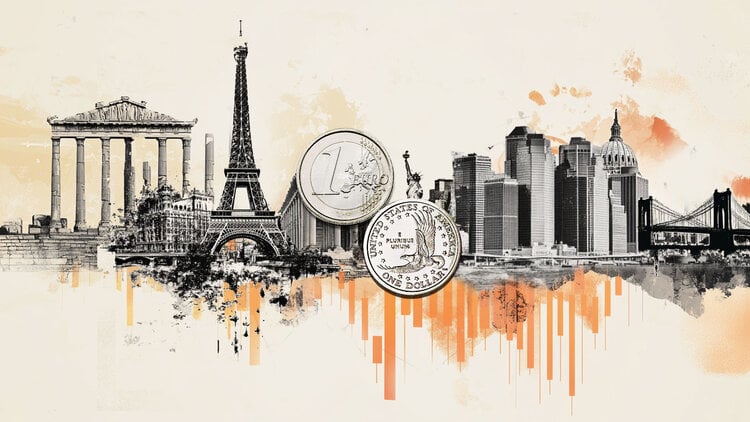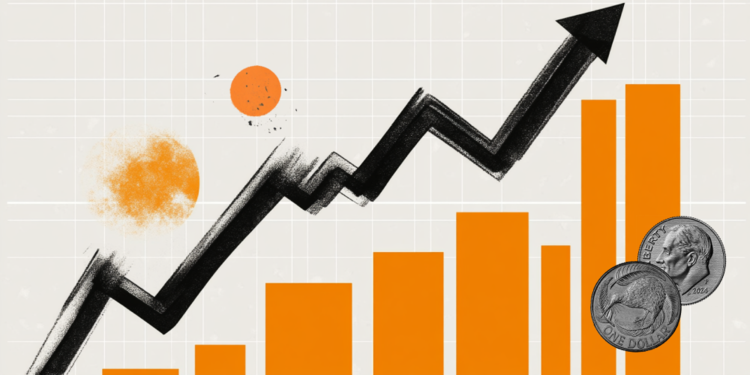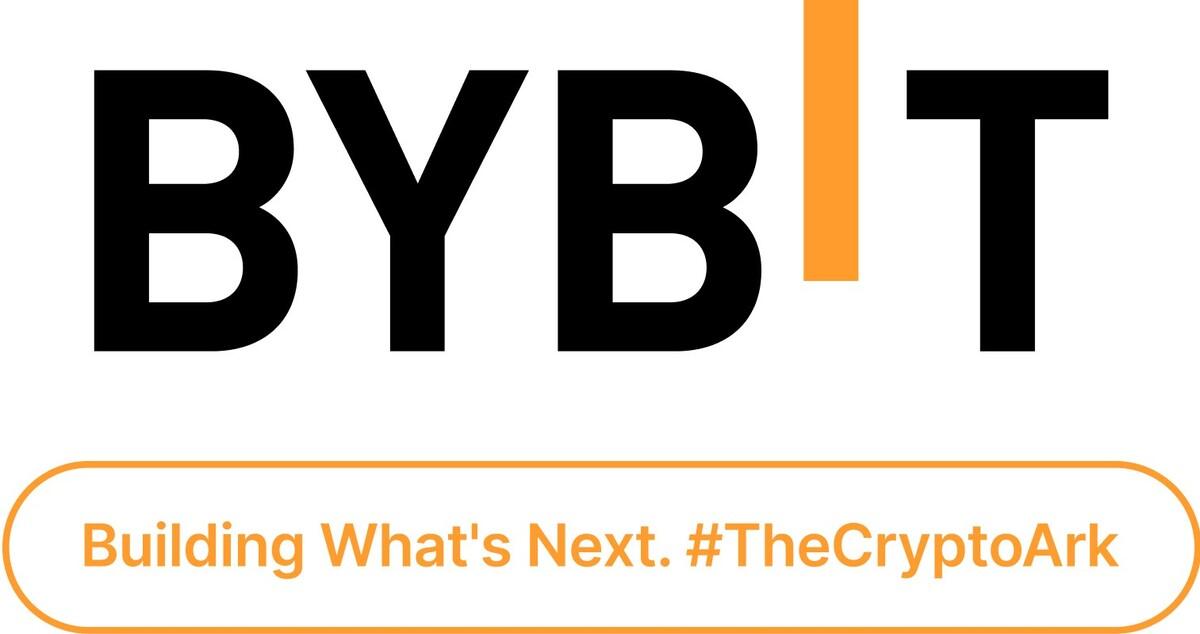EUR/USD is hovering near lows with France’s political drama weighing

EUR/USD turns lower and trades below 1.1620 at the time of writing, drawing closer to the 1.1600 support area, after being capped around 1.1650 at the European session opening on Thursday. Euro’s (EUR) upside attempts remain frail, as France’s political uncertainty keeps investors on their toes.
France’s outgoing Prime Minister (PM) Sébastien Lecornu calmed markets on Wednesday, stating that President Emmanuel Macron would announce a new PM in the next 48 hours and dismissing the opposition calls for new elections as, he said, there is no majority in the parliament for that.
In the US, the Government shutdown enters its eighth day with a lack of progress to restore funding, while news from the Federal Reserve (Fed) is the main fundamental driver amid the absence of key economic data releases. The Minutes of the last Fed meeting confirmed on Wednesday the bank’s challenges to fine-tune its monetary policy, with employment weakening and inflation risks skewed to the upside.
Later on Thursday, more Fed policymakers, including Chairman Jerome Powell, will provide further clues about the bank’s monetary policy plans. However, in the absence of key economic data, they are unlikely to change the market consensus of two more interest rate cuts in the remaining monetary policy meetings this year.
Euro Price Today
The table below shows the percentage change of Euro (EUR) against listed major currencies today. Euro was the strongest against the New Zealand Dollar.
| USD | EUR | GBP | JPY | CAD | AUD | NZD | CHF | |
|---|---|---|---|---|---|---|---|---|
| USD | 0.09% | 0.18% | 0.02% | -0.02% | -0.26% | 0.17% | -0.01% | |
| EUR | -0.09% | 0.10% | -0.05% | -0.13% | -0.20% | 0.11% | -0.23% | |
| GBP | -0.18% | -0.10% | -0.18% | -0.20% | -0.31% | 0.04% | -0.28% | |
| JPY | -0.02% | 0.05% | 0.18% | -0.11% | -0.17% | 0.12% | -0.09% | |
| CAD | 0.02% | 0.13% | 0.20% | 0.11% | -0.16% | 0.20% | -0.13% | |
| AUD | 0.26% | 0.20% | 0.31% | 0.17% | 0.16% | 0.38% | -0.02% | |
| NZD | -0.17% | -0.11% | -0.04% | -0.12% | -0.20% | -0.38% | -0.32% | |
| CHF | 0.01% | 0.23% | 0.28% | 0.09% | 0.13% | 0.02% | 0.32% |
The heat map shows percentage changes of major currencies against each other. The base currency is picked from the left column, while the quote currency is picked from the top row. For example, if you pick the Euro from the left column and move along the horizontal line to the US Dollar, the percentage change displayed in the box will represent EUR (base)/USD (quote).
Daily digest market movers: Improving mood offers respite for the Euro
- A somewhat brighter market sentiment has given some respite for the Euro on Thursday, but the negative trend remains intact. French President Macron is expected to appoint a new Prime Minister, but he will face the same challenges as the previous five PMs to solve the country’s budget problems.
- German Trade Balance recorded a larger-than-expected surplus of EUR 17.2 billion in August, from EUR 14.2 billion in July. However, the increase was mainly due to a 1.3% drop in imports, which offset a 0.5% decline in exports, which fell against expectations for the second consecutive month.
- These figures come after a 4.3% decline in German Industrial Production in August, as reported on Wednesday, to confirm the soft momentum of the region’s leading economy, adding pressure to an already weak Euro.
- In the US, the Minutes of September’s Fed monetary policy meeting confirmed on Wednesday the divergence among policymakers on how much easing is needed to support economic growth without boosting inflation. The dot-plot, included in the Fed’s Summary of Economic Projections released on September 17, showed a 10 to 9 vote for at least two more rate cuts this year.
- On the geopolitical front, Israel and Hamas have agreed to a ceasefire that is expected to lead to the release of the hostages and the reconstruction of war-torn Gaza. Although the agreement seems fragile, it has so far contributed to improving the market mood.
Technical Analysis: EUR/USD remains close to the 1.1600 support area

EUR/USD rallies are finding sellers, keeping the bearish trend in play. Previous support at 1.1650 is limiting upside attempts, with the 1.1600 support area dangerously close. The Relative Strength Index (RSI) remains well below 50, showing a significant bearish pressure.
The rejection at 1.1650 confirms that bears remain in control, although the support level at the 1.1600 area, where Wednesday´s lows meet the trendline support, is likely to be a tough one. Further down, the target would be the August 22 and 27 lows, near 1.1575, and then the August 5 low at 1.1530, although this latter level seems out of reach for on Wednesday.
Immediate resistance is at the 1.1645-1.1650 area (September 25 and October 6 lows), ahead of the descending trendline resistance, now around 1.1720. A break of this level would suggest a trend shift and bring last week’s highs at the 1.1765-1.1775 area into focus.
Risk sentiment FAQs
In the world of financial jargon the two widely used terms “risk-on” and “risk off” refer to the level of risk that investors are willing to stomach during the period referenced. In a “risk-on” market, investors are optimistic about the future and more willing to buy risky assets. In a “risk-off” market investors start to ‘play it safe’ because they are worried about the future, and therefore buy less risky assets that are more certain of bringing a return, even if it is relatively modest.
Typically, during periods of “risk-on”, stock markets will rise, most commodities – except Gold – will also gain in value, since they benefit from a positive growth outlook. The currencies of nations that are heavy commodity exporters strengthen because of increased demand, and Cryptocurrencies rise. In a “risk-off” market, Bonds go up – especially major government Bonds – Gold shines, and safe-haven currencies such as the Japanese Yen, Swiss Franc and US Dollar all benefit.
The Australian Dollar (AUD), the Canadian Dollar (CAD), the New Zealand Dollar (NZD) and minor FX like the Ruble (RUB) and the South African Rand (ZAR), all tend to rise in markets that are “risk-on”. This is because the economies of these currencies are heavily reliant on commodity exports for growth, and commodities tend to rise in price during risk-on periods. This is because investors foresee greater demand for raw materials in the future due to heightened economic activity.
The major currencies that tend to rise during periods of “risk-off” are the US Dollar (USD), the Japanese Yen (JPY) and the Swiss Franc (CHF). The US Dollar, because it is the world’s reserve currency, and because in times of crisis investors buy US government debt, which is seen as safe because the largest economy in the world is unlikely to default. The Yen, from increased demand for Japanese government bonds, because a high proportion are held by domestic investors who are unlikely to dump them – even in a crisis. The Swiss Franc, because strict Swiss banking laws offer investors enhanced capital protection.





